It's all about the classical music composers and their works from the last 400 years and much more about music. Hier erfahren Sie alles über die klassischen Komponisten und ihre Meisterwerke der letzten vierhundert Jahre und vieles mehr über Klassische Musik.
Popular Posts
-
Friedrich Smetana was born on March 2, 1824 in Leitomischl, Austria and passed away on May 12, 1884 in Prague/CSSR. Smetana was the son...
-
What's the saddest piece of classical music? We've got some suggestions for the biggest classical tear-jerkers of all time...
-
Walking down the aisle, signing the register, the first dance – let Classic FM London help you plan the classical music for every stage of...
-
– it’s a direct link from heart to heart’ Conductor Vasily Petrenko: “To understand classical music you need no language – it’s a d...
-
Bela Bartok was born on March 25, 1881 in Southern Hungary and passed away on September 26, 1945 as migrant in New York. His father had bee...
Monday, January 8, 2024
Carl Michael Ziehrer - Faschingskinder (Waltz / Walzer)
Sunday, January 7, 2024
Yusuf / Cat Stevens – Morning Has Broken (Official Lyric Video)
Lea Salonga and Simon Bowman: The Last Night of the World (1990)
REGINE VELASQUEZ - WRITTEN IN THE SAND - Millennium Y2K
Friday, January 5, 2024
Johannes Brahms - Piano Concerto No. 1 in D minor, Op. 15
Brahms Piano Concerto No. 1
Brahms Piano Concerto No. 1
In my previous article I wrote about the Ogdon-Stokowski recording of Brahms’ first piano concerto. Here, I would like to write about the performance of the concerto with consideration to the original score.
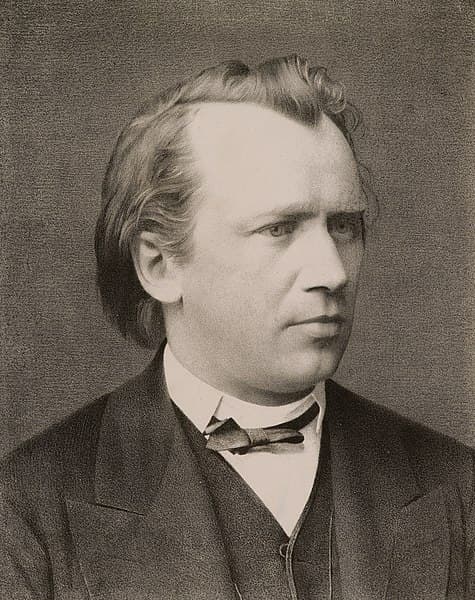
Johannes Brahms in 1865
The concerto, Op. 15, was finished in 1857; but it began rather earlier and had taken forms such as a symphony and a double piano sonata before finally becoming a piano concerto. Unfortunately, there were no known surviving copies of the earlier forms as Brahms was very obsessed with destroying draft copies of his own work as well as his compositions that he deemed unworthy.
Driven by curiosity, I decided to look for the manuscript of the concerto. With the direction from the Johannes-Brahms-Gesellschaft (Brahms Society), I located Margrit McCorkle’s book ‘Johannes Brahms: Thematic Bibliographical List of Works’, in the Cambridge University Library, one of the six legal deposit libraries in the U.K. and Ireland. (A legal deposit library houses at least a copy of virtually every book published.) There I found that the Staatsbibliothek zu Berlin (German State Library in Berlin) keeps the autograph version given by the Joseph-Joachim family in 1917. In fact, it is the only orchestral full score manuscript of the piece (there are two-piano transcriptions). I made an appointment with their Musikabteilung (Music Department) and went to Germany to see the microfiche.
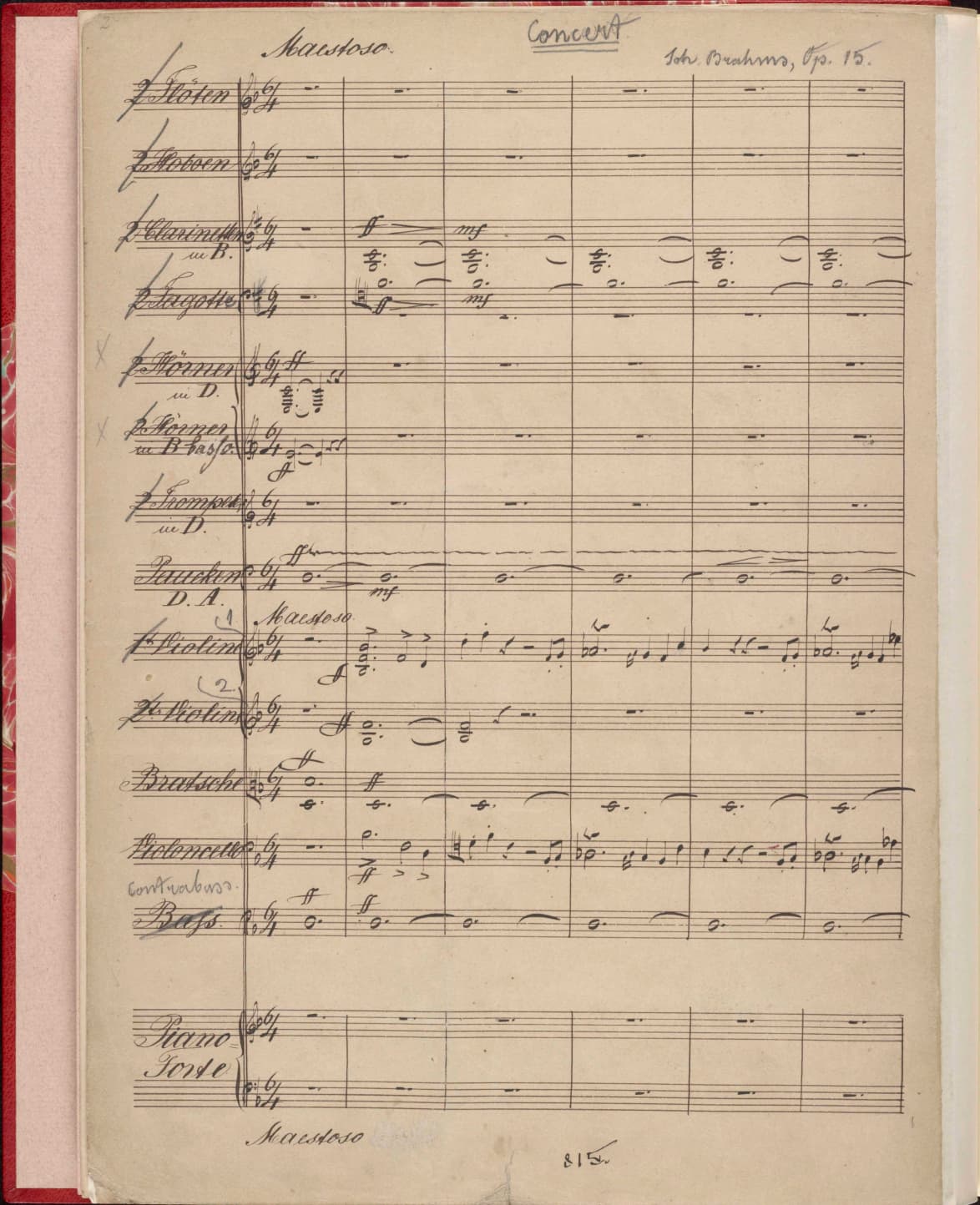
Brahms’s Piano Concerto No. 1, Op. 15 copyist’s manuscript © The Morgan Library Museum
There are many very interesting features that can only be revealed by the manuscript. For instance, the way the piano part was written suggested that the staves did not reflect whether the notes should be played by the left hand or the right. There are also places that are different from popular printed version of the piece. One most intriguing observation is the beginning of the second movement, where between the two full-rested piano staves lies a line of writing taken from the Eucharistic Sanctus, Benedictus qui venit in nomine Domini, with hyphens between some of the syllables such that the words and the phrasing of the strings agree. At the recapitulation, however, the words do not reappear, nor is the instrumental phrasing the same. It has been suggested that the movement may have been intended for a requiem, or related to Schumann’s death, but there is insufficient evidence linking them together.
In terms of performance practicality, arguably the most significant marking is the metronome marking for the first movement, of 58 to the dotted minim (MM=58), which is not seen in popular editions. Brahms performed the piece himself on multiple occasions, including the rather disastrous premier. As a touring concert pianist, he would likely have sent the orchestral parts ahead of time for the orchestra to rehearse. Therefore, the metronome marking most probably reflects at least the approximate speed that he preferred. Of course, one could always argue that the same Brahms might have preferred a dramatically different tempo on a different day or later in his long career, just as many have observed that Rachmaninoff, who lived well into the recording era, did not follow many of his own markings. Nevertheless, there are other evidences that show, in my opinion, that Brahms’ played his own music considerably faster than recent generations of musicians have been playing.
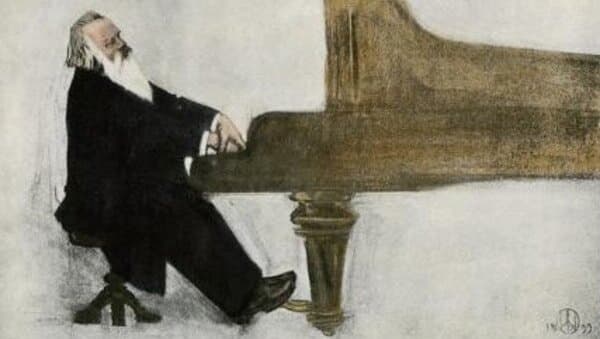
Brahms at the piano
In Brahms’ days, tempi chosen must have been, ironically, rather faster than they are in the fast-paced modern days. If we consider the tempo MM=58, it would theoretically give the 485 bars (there are only 484 bars in the piece, but two have a time signature of 9/4 instead of 6/4) of the first movement a duration of well under 17 minutes. This is remarkable in that even if we add 30% to this timing to account for agogics, rubato, etc., it will still be considerably faster than many recordings one can find today. In fact, the ducal orchestra of Meiningen, with which Brahms had worked closely, was known to have given concerts with programmes such as Beethoven’s Leonore Overture no. 3 and the seventh symphony, together with Brahms’ first piano concerto and second symphony – all in a single evening. This would have been a pretty long evening if they were played at the tempi common nowadays!
Brahms the conductor also performed the piece. C V Stanford, a pianist who had performed under Brahms’ baton, observed that Brahms conducted the 6/4 as an uneven four-beat. In this way, the beating would agree with a slow-feeling compound duple and give a good deal of lilt. Indeed, in a letter to Clara Schumann, Brahms described the first movement’s 6/4 as ‘slow’. It is not hard to imagine that, for the same tempo to be beaten in six, it would feel uncomfortably fast. I also suspect, given the fact that Brahms was a keen walker, his andante must be fairly brisk too. But did Brahms slow down when he aged?
As his age comes into question and as we are reconstructing the performance practice of Brahms through hints from his manuscript, it is perhaps important to recall that the piece was composed in his early twenties. There is an often overlooked connection between the year of composition and the image of Brahms. It is common to hear people emphasise a rich, substantial bass backed by the argument that Brahms is a big beard, well-sized German, as though he was always so. Although the emphasis itself is most probably correct, as we do know that Brahms favoured orchestras with a large cello and double bass section, the young Brahms in his twenties was thin, kept no beard, and looked almost androgynous. There must be a certain element of youthful energy, enthusiasm, and daringness in Brahms and his music at that age, such that he knocked on Schumann’s door in 1853 unannounced.
Although there may never be answers to how Brahms’ music should be performed definitively (even if Brahms were still alive, there remains the question of which Brahms: Brahms the composer, Brahms the conductor, Brahms the performer, the young Brahms, the aged Brahms…), research into the performance practice of his era and the background of the composition is nonetheless relevant.
Rising Hope: Ralph Vaughan Williams’ The Lark Ascending
by Maureen Buja, Interlude
For the listener on the ground, the song seems to come from nowhere – we’re not in a forest but in open ground. At 100 meters, the little bird is only a dot in the sky.

Skylark (Alauda arvensisO (Photo by Margaret Holland)
This being the bird kingdom, the remarkable ability to hover and sing seems to be one of those sexual tests that nature provides: can hover and sing, therefore in good fitness and good parent material. In real life, a lark’s song can last as long as 20 minutes before it returns to earth to rise again. We don’t hear the melody that Vaughan Williams used – the lark’s song is sweet and piercing but very repetitive.
On the other hand, we’re not the recipients of the lark’s song – that’s for the female lark to interpret.
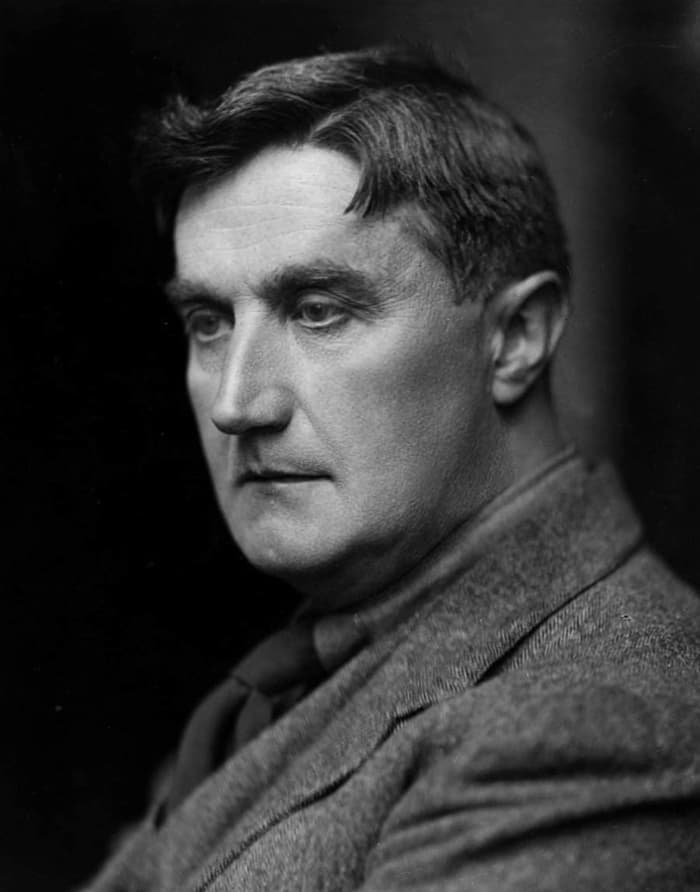
E.O. Hoppé: Vaughan Williams, 1920
Ralph Vaughan Williams (1872–1958) wrote the first version of his remarkable pastoral romance, The Lark Ascending in the dark days of 1914, first as a version for violin and piano before setting it aside for war service. Returning to composition in 1919, it was the first work he took up, creating the orchestral version. The violin and piano version received its premiere on 15 December 1920, with Marie Hall, the dedicatee, as soloist. She reprised her solo part in the orchestral premiere in London on 14 June 1921. As an occasional piece, it has remained one of the most enjoyable pieces for violin soloists and orchestras of the 20th century.
In his manuscript, Vaughan Williams quotes lines from the eponymous poem by George Meredith (1828–1909), taking lines from different sections of the 122-line poem: lines 1–4, 65–70, 77–79, and then the closing couplet.
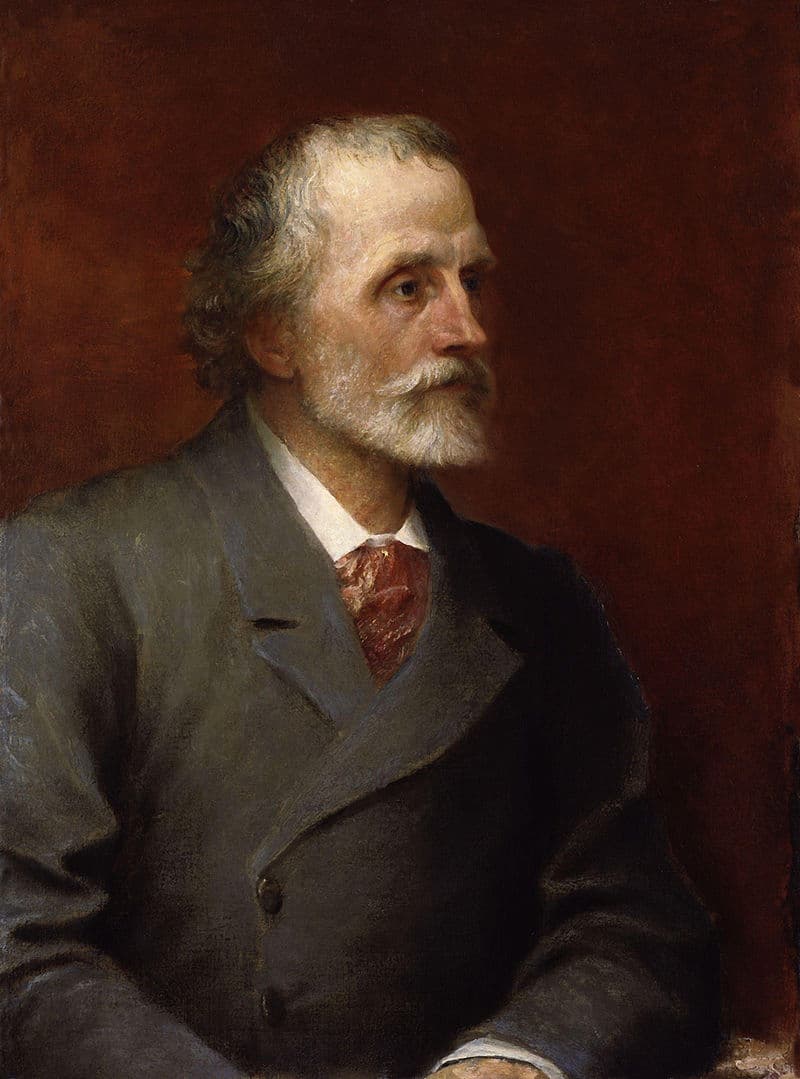
G.F. Watts: George Meredith, 1893 (London: National Portrait Gallery)
He rises and begins to round,
He drops the silver chain of sound
Of many links without a break,
In chirrup, whistle, slur and shake,
…
For singing till his heaven fills,
’T is love of earth that he instils,
And ever winging up and up,
Our valley is his golden cup,
And he the wine which overflows
To lift us with him as he goes:
…
He is, the dance of children, thanks
Of sowers, shout of primrose-banks,
And eye of violets while they breathe;
…
Till lost on his aërial rings
In light, and then the fancy sings.
In those 15 lines, Vaughan Williams gives us his image of the lark, rising into the air and dropping his melody to the earth below. It’s the song of heaven, the love of the earth, and all the hope for tomorrow and tomorrow’s children that are encapsulated in the little bird’s sound.
The work unfolds in one continuous movement, with each new theme introduced and linked by the violinist’s ‘eloquent soliloquies’. In the end, the violin returns to its opening phrases, and the sound drops away, ‘lost on his aerial rings’ as he flies higher and higher.
Meredith describes the song as linking ‘chirrup, whistle, slur and shake’ in an unbroken line. Yet it’s all the other elements that contribute to the effectiveness of Vaughan Williams’ setting: the calmness of the scene, the contented happiness of the lark, and the prospect of only good.
Why do we hear this as not only a song of nature but also as one of hope? The bird must sing his song and never knows on whose ears it will fall. When it falls on ours, we can only look up in awe at this sound descending from the sky above. It draws us up into the lark’s world, and in Vaughan Williams’ setting, which creates melody from just suggestions from the bird, we are carried on wings of song to a better tomorrow.
The Hymn of Hope
Emily Dickinson’s “Hope” is the thing with feathers
by Maureen Buja
American poet Emily Dickinson’s three-stanza lyrical poem ‘”Hope” is the thing with feathers” gives us the idea of a mysterious singing being. Invisible to the eye, singing songs without words, the being can be heard through the most difficult times and its song keeps the listener warm. It gives hope to the poet and yet asks nothing in return, not even to be fed. It can be imagined as a bird (it perches, it sings) yet there’s an extraordinary quality about it that removes it from regular bird-dom.
HOPE
“Hope” is the thing with feathers
That perches in the soul,
And sings the tune without the words,
And never stops at all,
And sweetest in the Gale is heard;
And sore must be the storm
That could abash the little bird
That kept so many warm.
I ‘ve heard it in the chillest land,
And on the strangest sea;
Yet, never, in extremity,
It asked a crumb of me.
Emily Dickinson
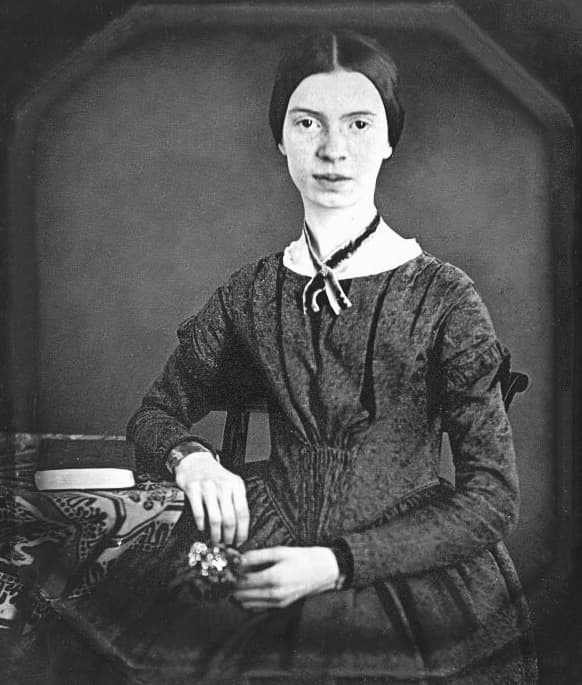
Emily Dickinson, daguerrotype, 1848
As with many of her early poems, the style is influenced by hymnody: the 12-line poem is in three 4-line quatrains and alternates three beats and four beats in each stanza. In the poem, originally just entitled “Hope”, and now known by its entire first line, each line in a stanza changes between iambic tetrameter (4 beats) and iambic trimeter (3 beats). Composers have taken up this most popular of Dickinson’s poems and made works of true beauty.
We will look at the setting by 4 modern composers, each of whom approaches the poem in a different fashion.
In his tribute to the lost birds of the world, both physical and metaphorical, composer Christopher Tin brings Dickinson’s poem to life, sending it out over the sea to return to comfort the listener.
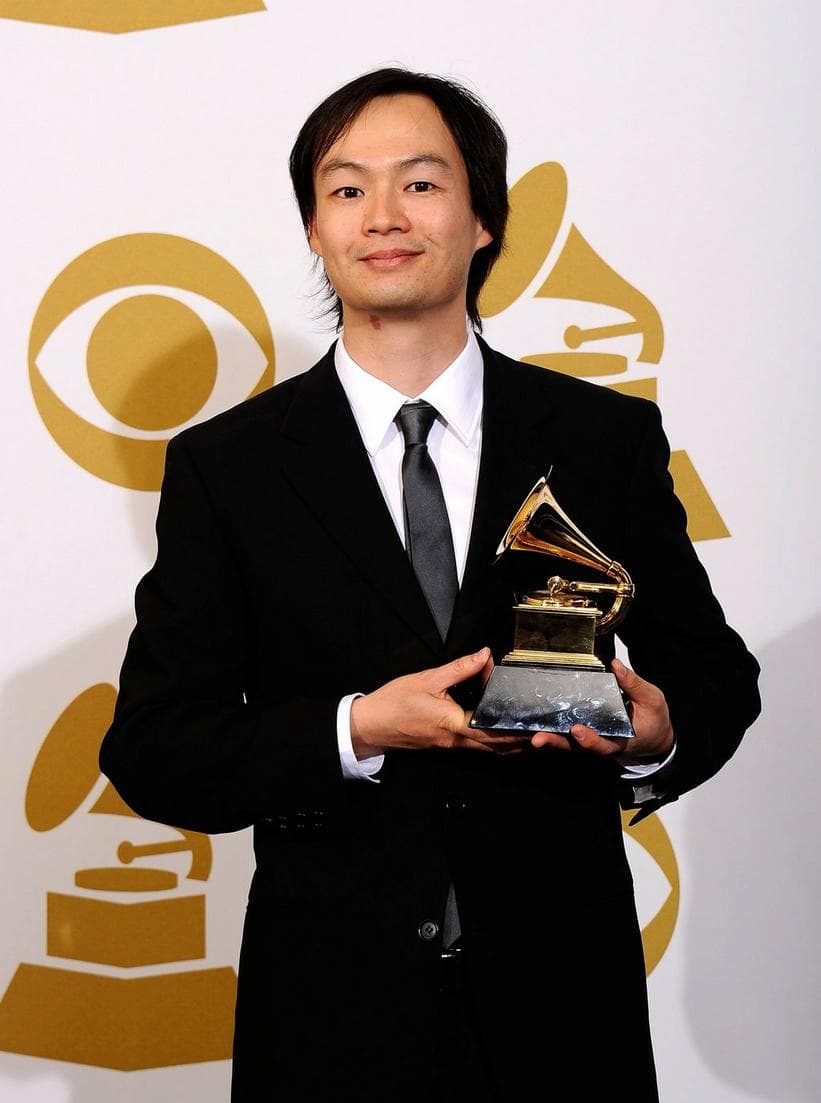
Christopher Tin winning a Grammy for Best Instrumental Arrangement Accompanying Vocalist(s), 2014)
American pianist and composer James Adler, setting the song for solo voice, uses the cello and piano to provide a solid background that both supports the voice and makes their own comments on the text in music.
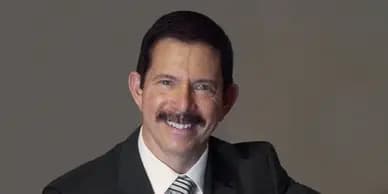
James Adler
The text has been used for songs about surviving AIDS and about surviving our latest epidemic, COVID. Here, Italian composer Ivo Antognini (b. 1963) dedicates his choral setting to the choral director Dario Piumatti, who came down with COVID during those early fatal days, but survived, perhaps because of ‘thing with feathers.’
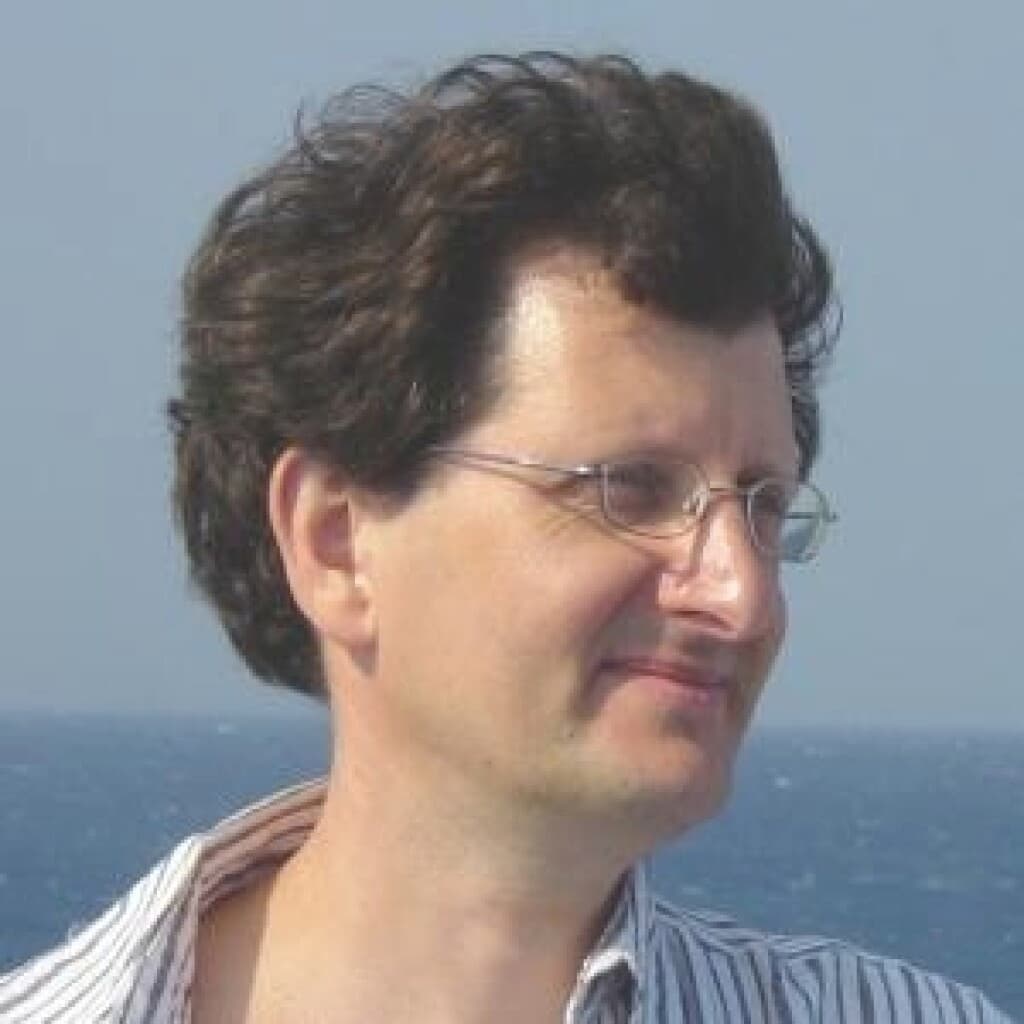
Ivo Antognini
Claire Victoria Roberts’ 2002 setting of the poem gives us a bird in motion, restless and jagged. The performance involves handclapping and whispers, and through all of it, hope sings through.

Claire Victoria Roberts
In these four very different vocal settings of Dickinson’s little poem, we hear how music can augment her thoughts: the mood can be restless, but Hope still comes through. The times can be difficult, but Hope still comes through. Even when things are all chorally smooth, Hope still comes through.
This is our wish for the New Year: Hope still comes through. When the nations of the world forget that tomorrow is the goal and try to make today the end of everything, Hope still must come through.
Here’s to your own New Year, full of Hope.
Wednesday, January 3, 2024
Glazunov - Concert Waltz No.1. Pletnev & RNO
ENCOR!! 15-year-old Karolina Protsenko - Love Theme | Cinema Paradiso - ...
Tuesday, January 2, 2024
Charles Gounod - La valse de l'opéra 'Faust' / Waltz
'Miss Saigon' extends Manila run until May 5
By MANILA TIMES
Due to overwhelming demand during pre-sale, GMG Productions announced that Cameron Mackintosh's globally acclaimed new production of Boublil & Schönberg's "Miss Saigon" will be extending its run in Manila. The production, initially set to close on April 21 will now run until May 5.
"Due to the incredible demand for tickets to Miss Saigon, we've made the exciting decision to extend its run in Manila. The passion of the Manila audience is the driving force behind this, and we're thrilled to offer more people the chance to experience the classic production," said GMG Productions' CEO Carlos Candal.
Miss Saigon has music by Claude-Michel Schönberg with lyrics by Richard Maltby Jr. and Alain Boublil, adapted from original French lyrics by Alain Boublil, with additional lyrics by Michael Mahler.
The new production is directed by Laurence Connor with musical staging by Bob Avian and additional choreography by Geoffrey Garratt. The production design is by Totie Driver and Matt Kinley based on an original concept by Adrian Vaux; costume design by Andreane Neofitou; lighting design by Bruno Poet; projections by Luke Halls; sound design by Mick Potter; and orchestrations by William David Brohn. Music supervision is by Alfonso Casado Trigo and Guy Simpson.
New Miss Saigon show dates have been added and are now available exclusively through TicketWorld. The Manila season is presented at The Theatre at Solaire by GMG Productions.
Don't miss the opportunity to witness Miss Saigon, landing at The Theatre at Solaire in March 2024. For updates and exclusive announcements, visit www.gmg-productions.com or follow us @gmg.productions.


.webp)